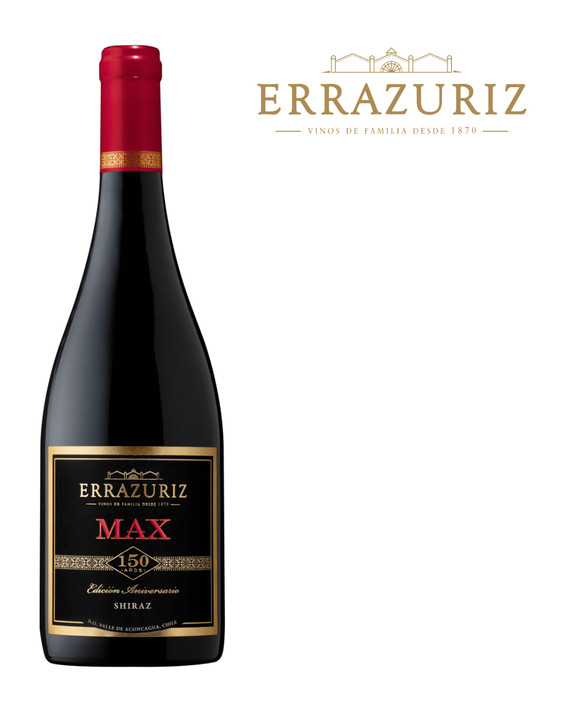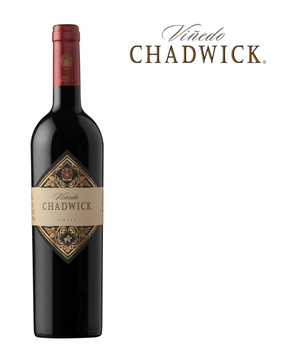
Errázuriz Max Shiraz 2021.
The grapes that go into Max Reserva Shiraz primarily come from our Max vineyards in the Aconcagua Valley. Located in the interior of the valley, the vineyard soils have a predominantly silty texture and are of colluvial origin. The special conditions of nutrition and drainage of the diverse soils help control plant vigour, producing balanced fruit loads with small bunches and berries. Some of the grapes for this wine come from Manzanar, our cool-climate coastal plantation in the Aconcagua Valley located 12 kilometres from the Pacific Ocean with schist-based soils.
VINEYARDS:
VINTAGE: The 2021 season began with a winter of average rains and a warm spring; however,this condition changed drastically during summer, presenting temperatures well below the historical average and numerous cloudy days. The biggest surprise came at the end of January, with abundant rainfall that set off alarms from the Central Valley to the South. However, northern, in the Aconcagua Inland, rainfall was only 21mm, resulting in a long and gentle ripening season giving birth to fresh, elegant, and aromatic wines.
WINEMAKING: The grapes were hand picked early in the morning and inspected on a double selection table, crushed, and deposited into stainless steel tanks for fermentation. The wine was aged for 12 months in French oak barrels, 20% of which were new.
The grapes that go into Max Reserva Shiraz primarily come from our Max vineyards in the Aconcagua Valley. Located in the interior of the valley, the vineyard soils have a predominantly silty texture and are of colluvial origin. The special conditions of nutrition and drainage of the diverse soils help control plant vigour, producing balanced fruit loads with small bunches and berries. Some of the grapes for this wine come from Manzanar, our cool-climate coastal plantation in the Aconcagua Valley located 12 kilometres from the Pacific Ocean with schist-based soils.
VINEYARDS:
VINTAGE: The 2021 season began with a winter of average rains and a warm spring; however,this condition changed drastically during summer, presenting temperatures well below the historical average and numerous cloudy days. The biggest surprise came at the end of January, with abundant rainfall that set off alarms from the Central Valley to the South. However, northern, in the Aconcagua Inland, rainfall was only 21mm, resulting in a long and gentle ripening season giving birth to fresh, elegant, and aromatic wines.
WINEMAKING: The grapes were hand picked early in the morning and inspected on a double selection table, crushed, and deposited into stainless steel tanks for fermentation. The wine was aged for 12 months in French oak barrels, 20% of which were new.







